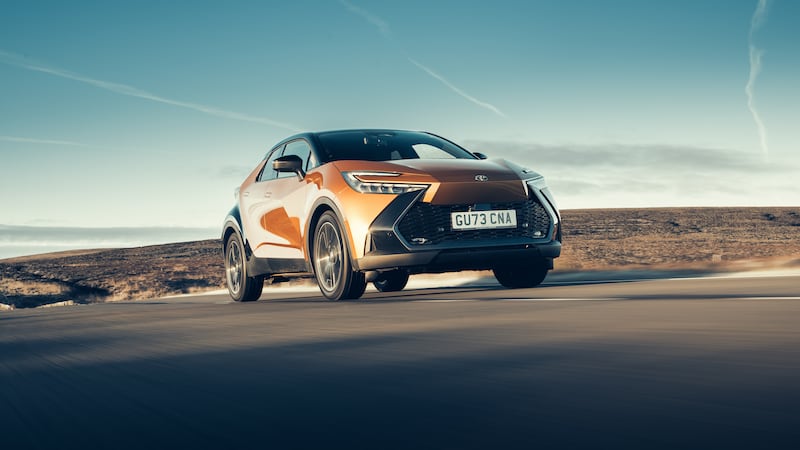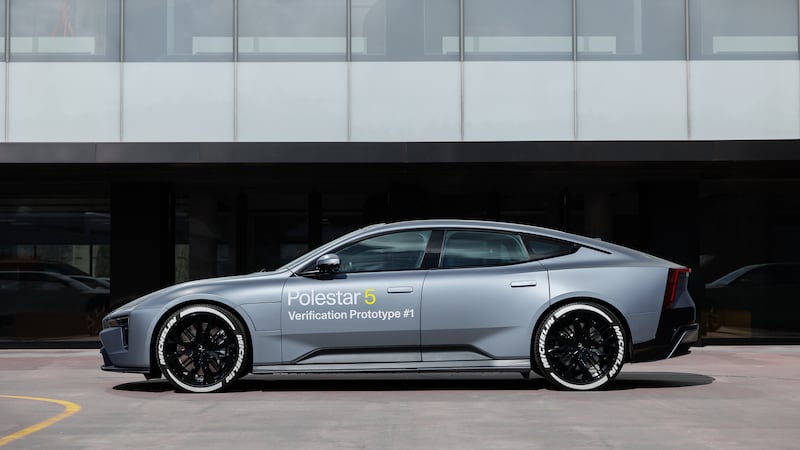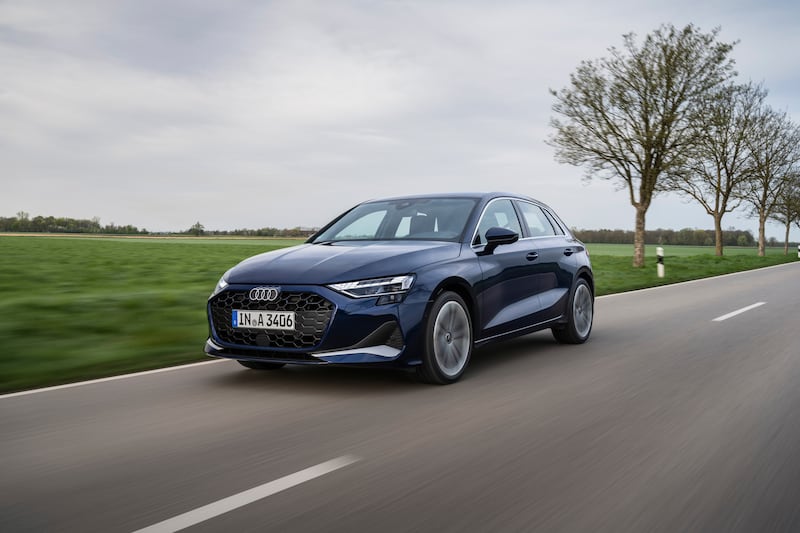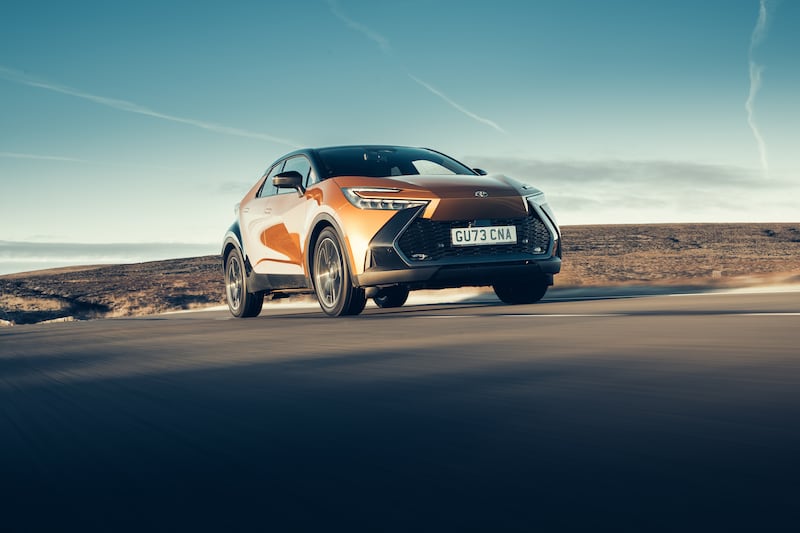What is it?
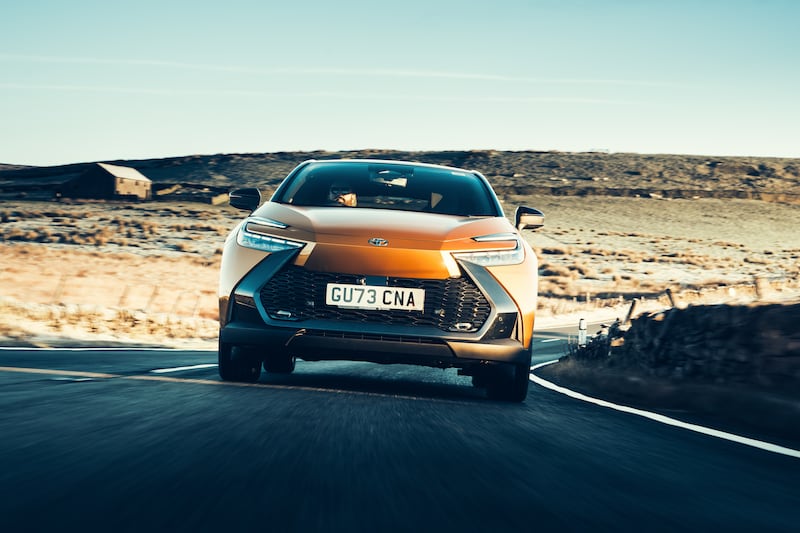
Toyota’s original C-HR was a car which arrived with a bold new style that added some much-needed life into what was a reasonably drab line-up of cars. But how do you go about replacing a model which made such an impact? That’s the challenge facing Toyota with the introduction of the new C-HR.
But Toyota certainly hasn’t been tempted to go down the subtle route as the C-HR arrives with a striking new look alongside an efficient hybrid setup which is so required by fuel-conscious buyers. We’ve been driving it to see what it’s like.
What’s new?
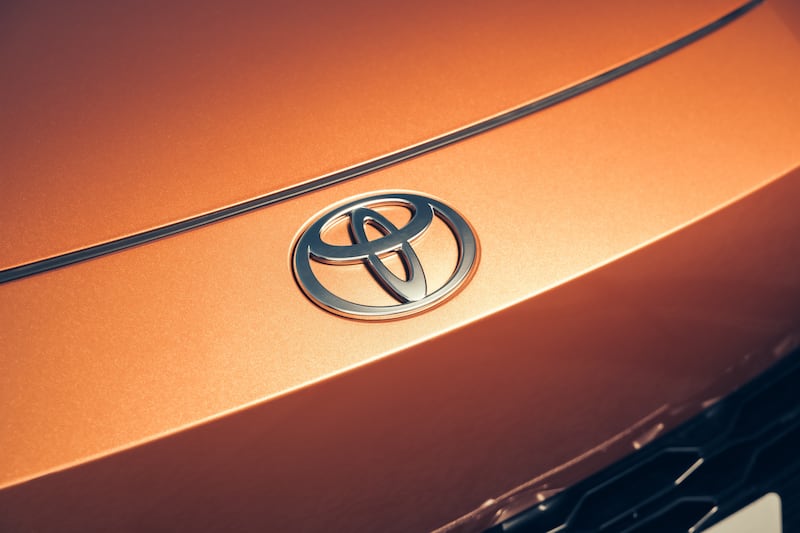
Since its introduction, more than 850,000 C-HRs have been produced, so Toyota can’t rock the boat too much with this new model. It’s why we’ve got a focus on space, plenty of robust materials that can cope with family life and a usable amount of boot room that ensures that this model can handle the day-in, day-out challenges.
As well as this standard hybrid model, there’s a plug-in hybrid version which can deliver up to 41 miles of electric-only range. It costs more – coming in at a hefty £42,610 over the standard car’s £31,290 starting price – but could be a smart option for drivers who have access to regular home charging. A plug-in point will be required to make it as efficient as possible.
What’s under the bonnet?

But back to this ‘regular’ hybrid, we’ve got a 1.8-litre petrol engine linked to an electric motor for a combined output of 138bhp. Toyota claims a 0-60mph time of ten seconds, while flat-out it’ll manage 106mph. While these performance stats are hardly hair-raising, they’re on par for the segment and do flag up the C-HR’s real focus – efficiency.
Because with a combined fuel economy figure of 60.1mpg, this small Toyota is remarkably good on fuel. It just misses out on the magical under-100g/km mark, too, with the C-HR’s CO2 figures standing at a still-respectable 105g/km. It’s all accompanied by Toyota’s great history of producing reliable cars
What’s it like to drive?
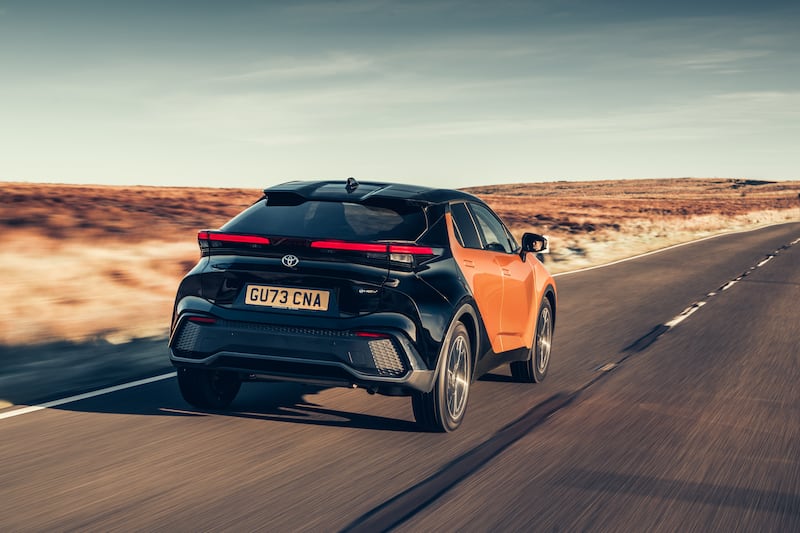
It feels as though the C-HR has been designed to be as silky-smooth as possible. It’s a very quiet car – even at motorway speeds – and when coupled with the electric-only running you get at slower paces, it all makes for a very relaxing driving experience. The ride is a touch firm, however.
You do need to drive it in a more sedate manner to get the best from it. This isn’t a car which likes to be driven harshly; the CVT automatic gearbox, as it does in other cars, complains noisily under heavy applications of throttle and makes pushing on a bit unpleasant. However, drive in a calmer, more considered fashion and the gearbox makes sense – it’s almost like a little reminder to drive more efficiently.
How does it look?
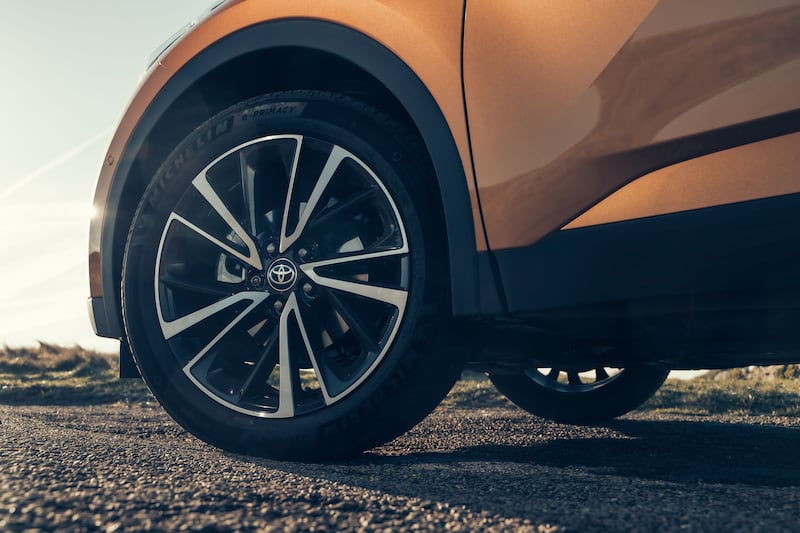
The C-HR is anything but boring with its angular, futuristic appearance helping it to make quite the impression wherever it goes. It’s available in a number of striking colour combinations, but it’s the black flash at the rear of the car which makes the biggest statement. Will it date quickly? Only time will tell. But in the here and now, we think the C-HR looks pretty good indeed.
Fortunately, all grades of C-HR bar the very entry-level specification get a statement bi-tone roof – so there’s no need to spend too much more money in order to get it – though you’ll have to go to the upper reaches of the trim list in order to secure that striking gloss black rear section. Our car, in GR Sport trim, gets plenty of go-faster touches inspired by Toyota’s performance vehicles, including massive 20-inch alloy wheels which, in fairness, are probably behind the sharpness of our test car’s ride.
What’s it like inside?
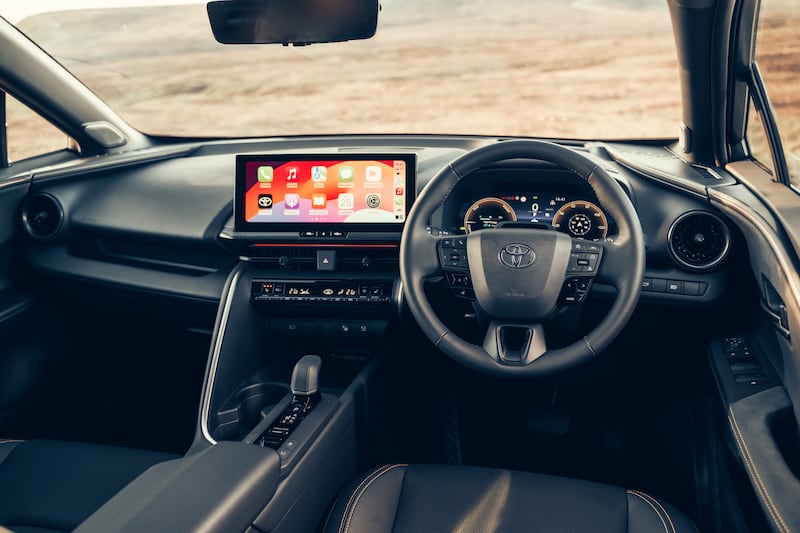
The interior of the C-HR isn’t quite as quirky as its exterior, but that’s no bad thing. There are plenty of physical controls which make changing certain aspects much easier on the move, but it’d be nice if there was a better level of distinction between these buttons – the whole panel is very much the same colour and we feel that even if you had red and blue for the temperature, it could make things easier still.
Build quality is good overall, with some harsher plastics found lower down. It feels a bit step up when you compare it to its predecessor, however, while the 388-litre boot is a handy size. It’s a bit of a shame the rear seats don’t fold down completely flat, mind.
What’s the spec like?
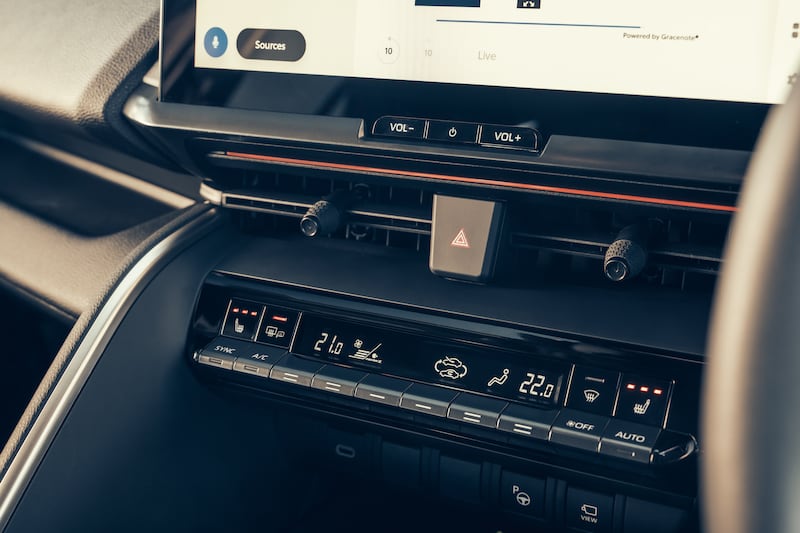
Prices for the C-HR kick off from £31,290 and at that entry-level ‘Icon’ grade, you’re getting 17-inch alloy wheels, an eight-inch infotainment screen with Apple CarPlay as standard and automatic air conditioning. However, with only flat white paint and black upholstery coming without extra cost, there’s a chance that this version could end up looking a little plain.
Step up to Design grade – priced from £34,865 – and those wheels step up to 18-inch machined versions, while inside there’s a larger 12.3-inch infotainment system which elevates the in-car experience. It’s also at this specification where the plug-in hybrid setup becomes available – you can’t get it on the entry-level version. Design is the specification we’d be tempted to opt for, as it brings a good level of equipment without spiking the price too high.
Verdict
The Toyota C-HR is a fine replacement for what was a very successful car. However, where this car has been radically improved is inside, as it feels far more premium and well-made than before. In its higher trim levels, the C-HR can start to feel a bit expensive, but opt for a cheaper version and, coupled with its efficient powertrain, this can be a good-value option.
The plug-in hybrid would be a good choice for drivers who can charge up at home, but given the efficiency of this regular hybrid version, you’ll still get plenty of fuel savings when picking this ‘standard’ C-HR.
- Model as tested: Toyota C-HR GR Sport
- Price as tested: £40,645
- Engine: 1.8-litre petrol engine with electric motor
- Power: 138bhp
- Torque: N/A
- 0-60mph: 10 seconds
- Top speed: 106mph
- Economy: 60.1mpg
- Emissions: 105g/km
